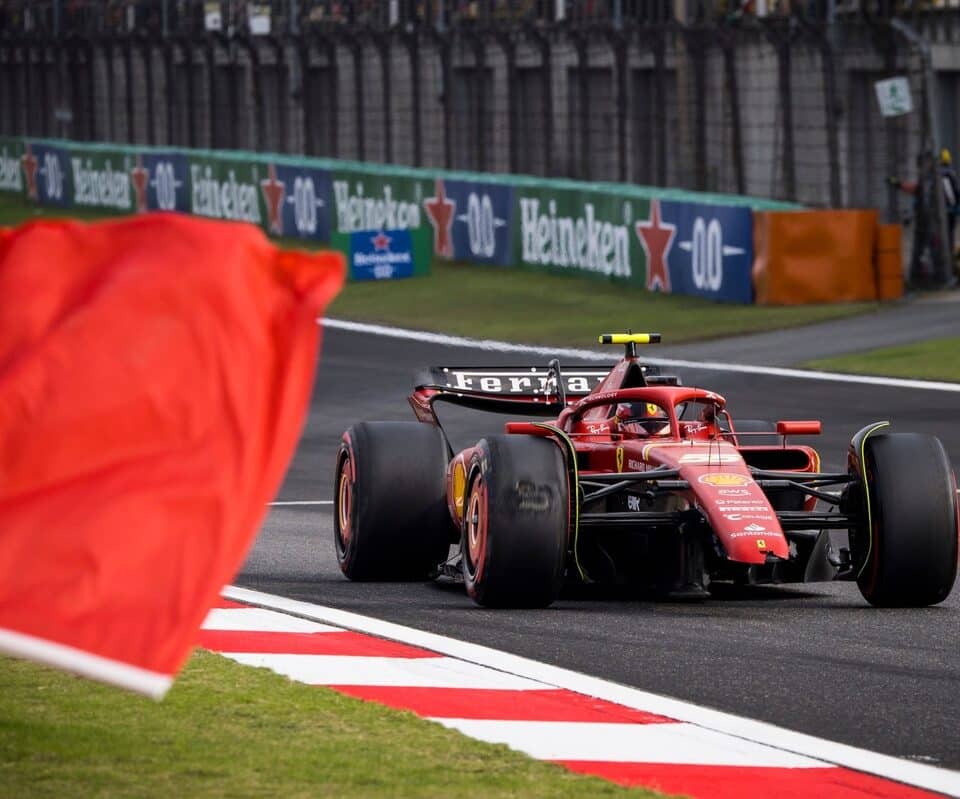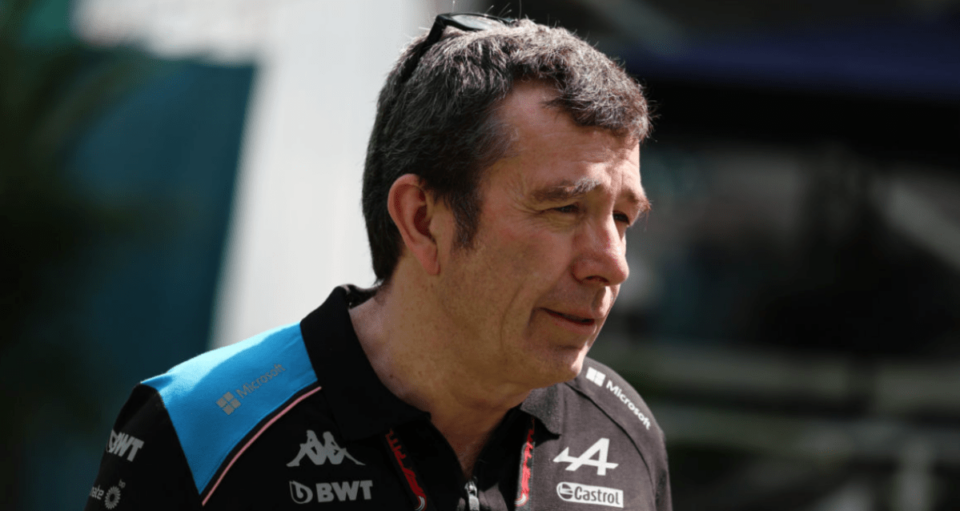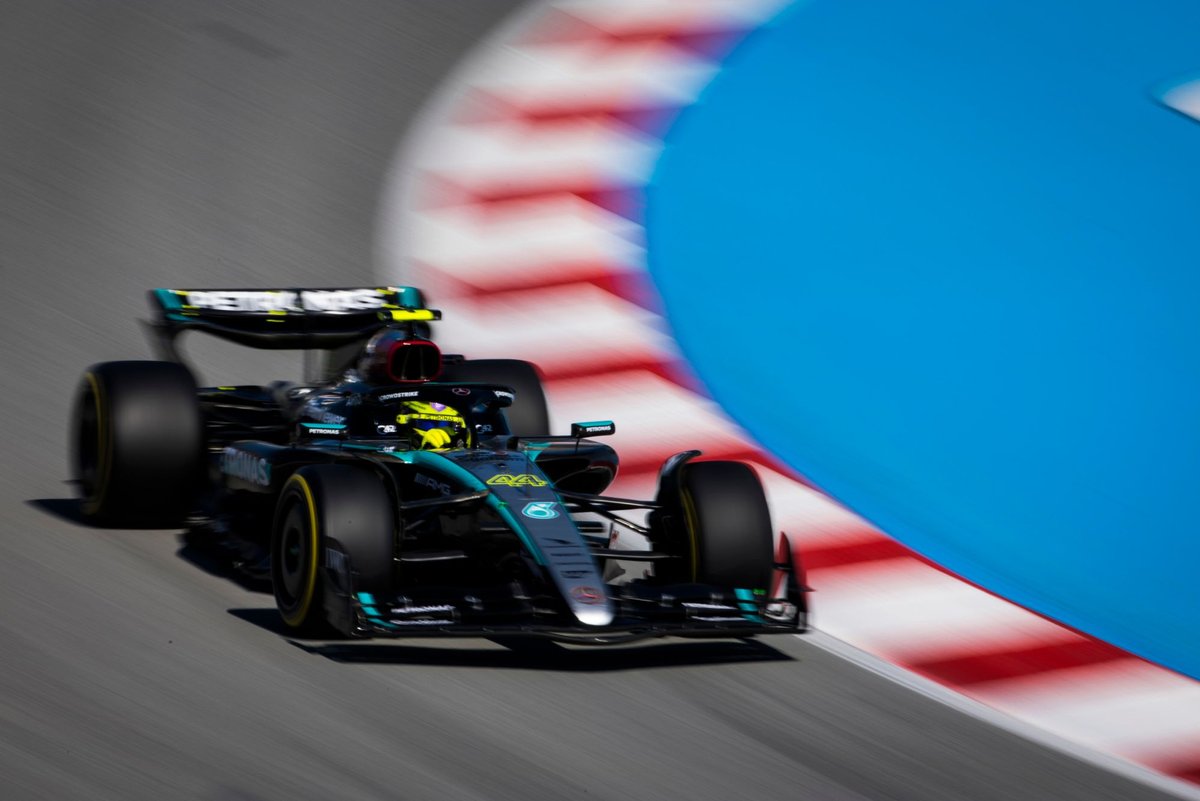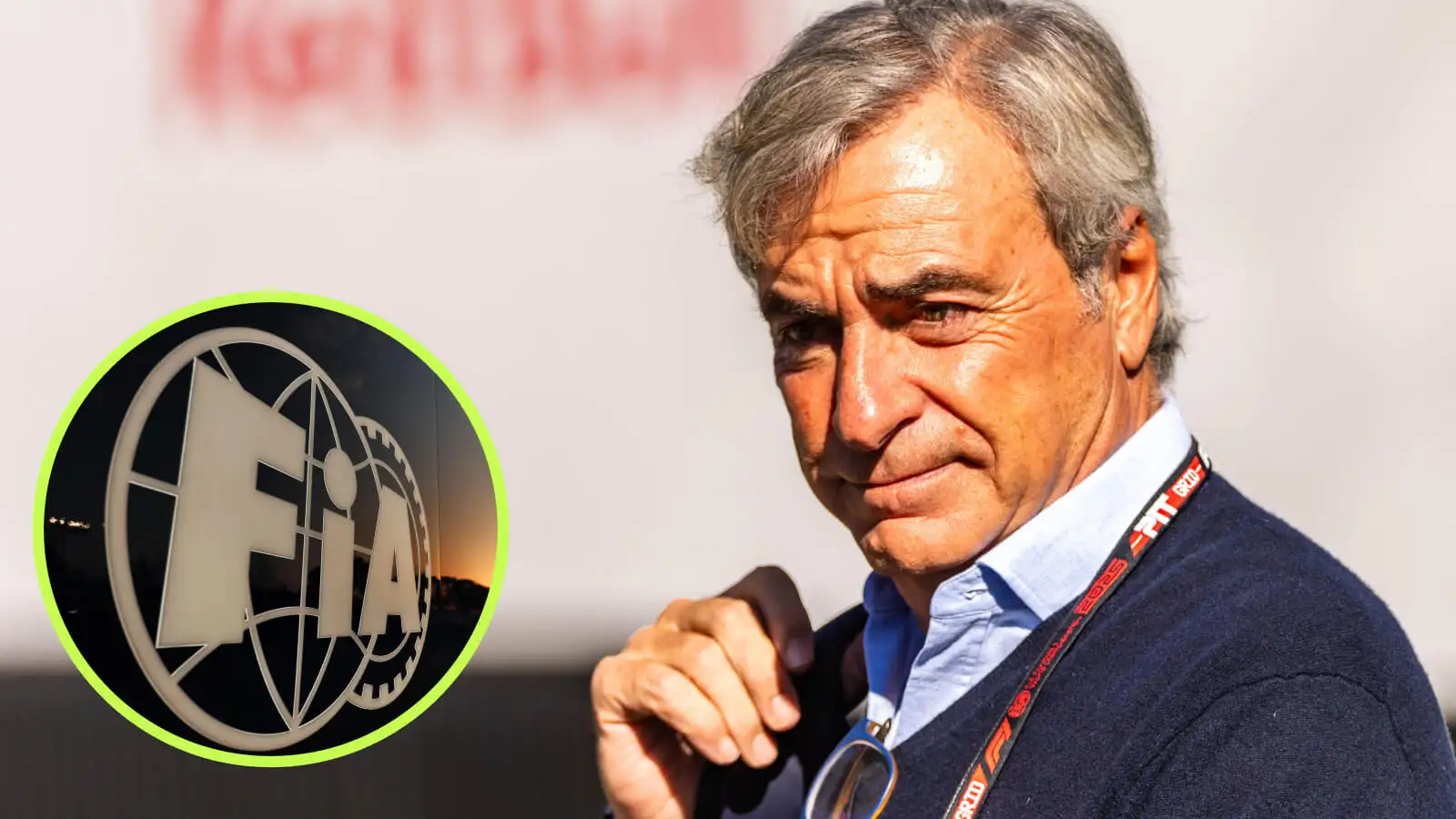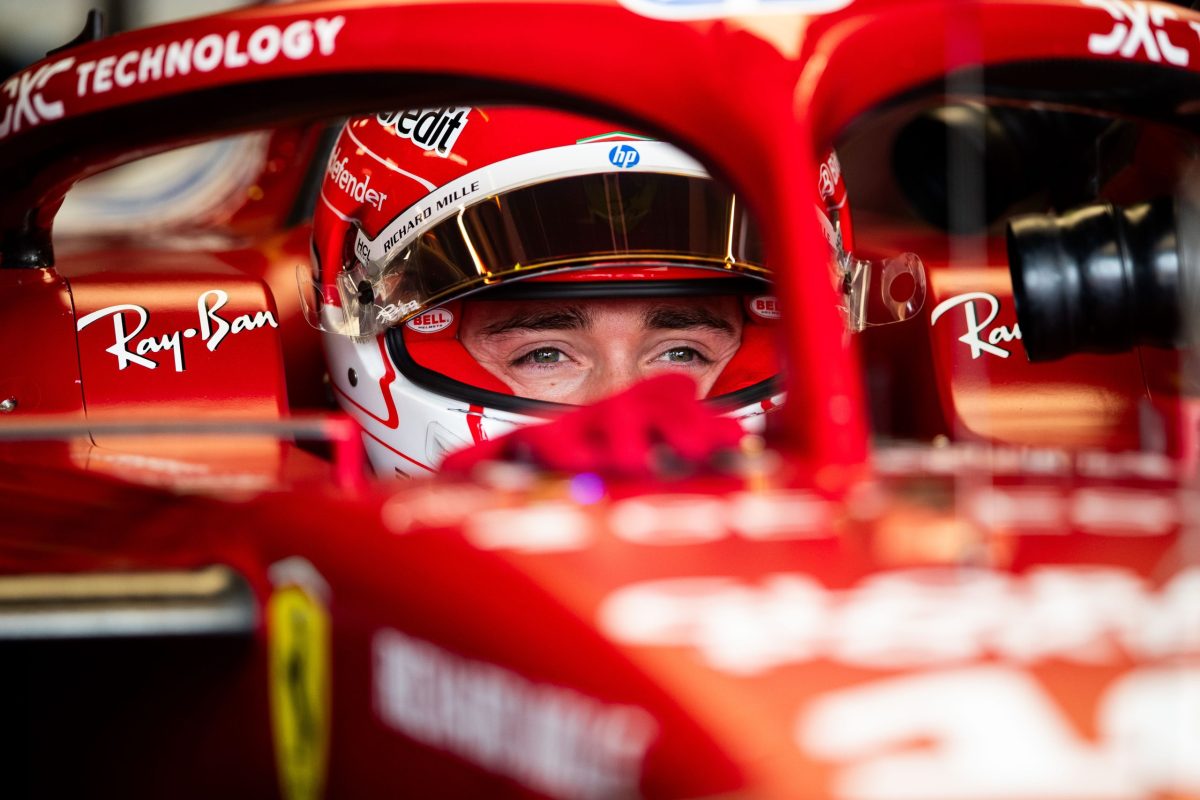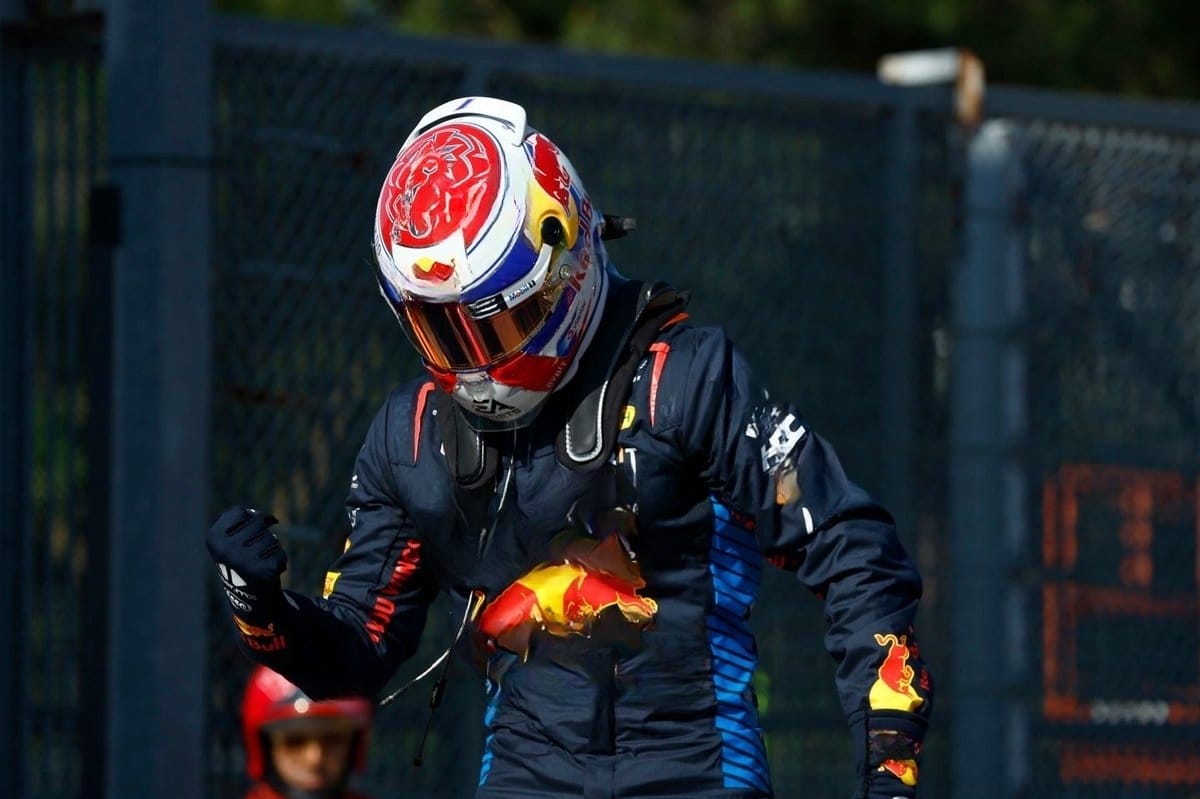The FIA has introduced new regulations for Formula 1 after two incidents during the Chinese Grand Prix caused confusion.
Carlos Sainz spun his Ferrari during qualifying in Shanghai, damaging his front wing. He stayed stationary for a while, prompting race direction to issue red flags. However, Sainz managed to return to the pits and finished the session, qualifying seventh.
At the time, the rules stated, “Any driver whose car stops on the track during the qualifying session or the sprint qualifying will not be permitted to take any further part in that session.” Aston Martin believed Sainz breached this rule and protested, but stewards dismissed the claim.
The updated Article 39.6 now clarifies, “Any driver whose car stops in any area other than the pitlane during the qualifying session or the sprint qualifying session and receives physical assistance will not be permitted to take any further part in that session.” Therefore, under this new rule, Sainz would have been allowed to continue since he returned under his own power.
Another change concerns penalties from sprint races. Fernando Alonso collided with Sainz at Turn 9 during a sprint race, receiving a time penalty. But since Alonso had retired from the sprint, the penalty was ineffective.
The revised Article 54.3.d now states that if a driver can’t serve a penalty due to retirement or being unclassified, the stewards may impose a grid place penalty for the next race. This ensures penalties carry weight even if a driver retires from the sprint.
These changes aim to provide clarity and prevent future protests, making the regulations more straightforward for teams and drivers.
The FIA hopes these updates will bring more transparency and fairness to the racing rules, reducing confusion and disputes.
